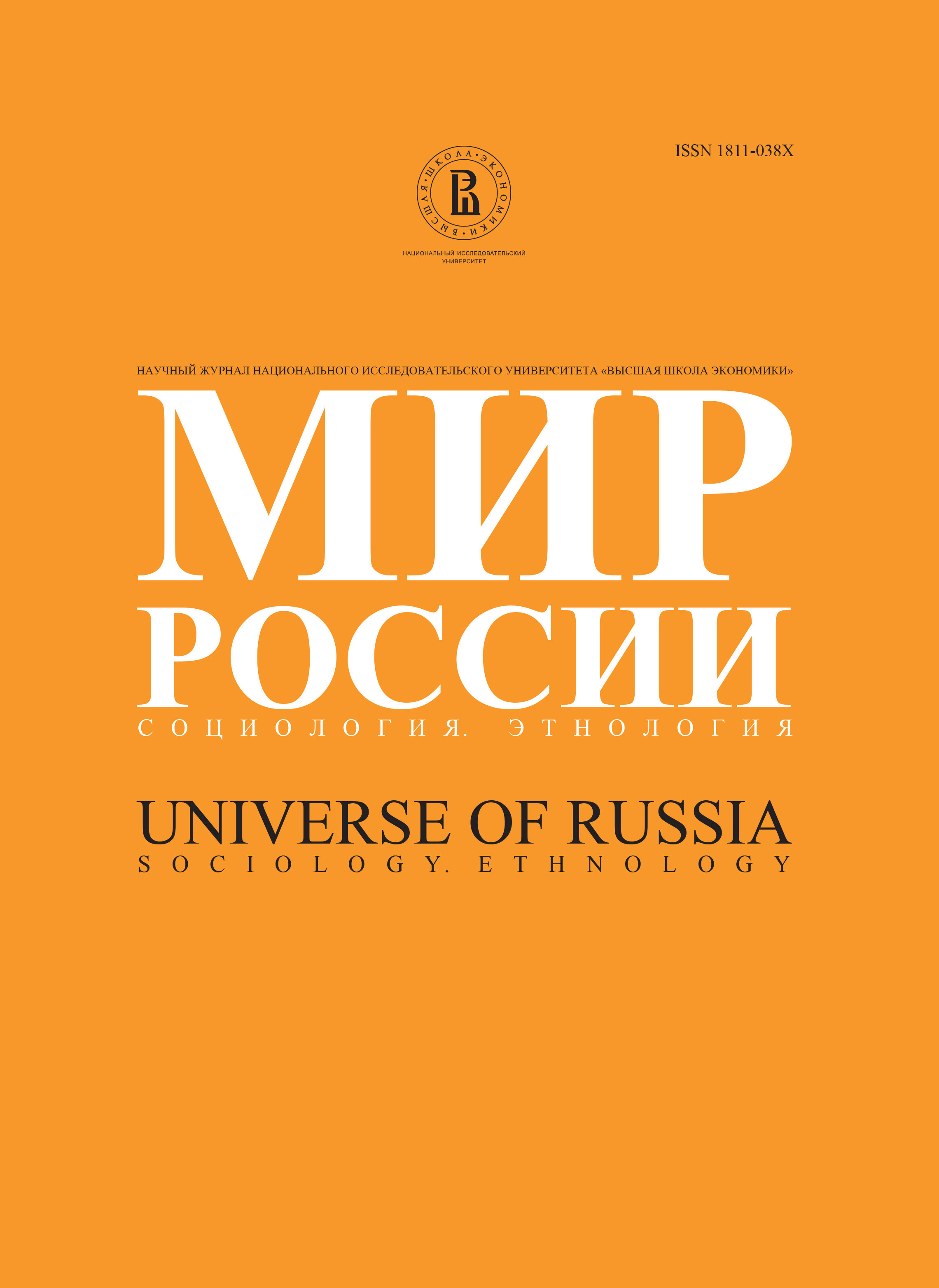Comparison Of Political Bodies And Constitutions Of Russia And The Baltic Countries – Cultural Conditionality And Concatenation Of Circumstances
Abstract
In 1989–1991 the main ideological goals, declared by democratic movements in three Baltic countries and in Russia were practically the same: constitutional democratic state and market economy. The formal Soviet institutional and ideological structure, which served as the initial point of further development was also practically the same in these countries. However, the results of the development in all the spheres are different, and moreover, the biggest differences are not between three Baltic countries, but between them and Russia. In this article the author tries to show some peculiarities of the constitutional development and current constitutional systems of these four countries and to explain them, indicating the factors of their origins. There are too many inter-connected factors. One of the most stable and permanent factors is different sizes of nations and their territories and their different geopolitical location. The second factor, which depends on contemporary constitutional process, is differences of religious and cultural traditions of nations, their different historical memory about the distant medieval past and different ways of their formation as modern nations. The third important factor is different situations during the inter-war period and different location in the USSR. The fourth group comprises situational and subjective factors, when decisions were made by concrete people, who acted in concrete circumstances. The author of the article analyses the situation in the Baltic countries and in Russia in late-Soviet period and during the collapse of the USSR, and the choices of these countries between parliamentary and presidential systems. Then the author gives an overview of the current political situation in these four countries - legislative initiative, public initiative and referendums in the four countries; legislation rights of executive authority; election of president and assignment of government; mutual control of parliament and executive authority; judicial control over political bodies. The main conclusion of the article is that in spite of the similarity of transition from communism to democracy and market and the same initial point of development, all the three Baltic countries and Russia followed absolutely different paths of constitutional development. Both Estonia and Latvia are countries with extremely weak presidential power. And nevertheless they are the countries, which are successfully developing and demonstrating a high level of stability of constitutionalism. Lithuania is characterized by more active political struggle, aspiration for giving the president a maximum of power and so on. It may be explained by deep cultural differences between Lutheran and Catholic traditions. If all the three Baltic countries reached a high level of stability and managed without authoritarianism, in Russia the stability was provided by authoritarian super-presidential “formal” and “informal” constitution. In fact, in Russia the system similar to that of Estonia or Latvia could have led to chaos. But here we also deal not with common post-communist conditions, but with cultural and historical conditionality, with traditions of Russian Orthodoxy, autocracy and Russian communism. The personality of Eltzin left a huge imprint on all the circumstances of Russian transformation and on the Russian constitution. But at the same time Eltzin’s attitude towards power, law and opponents was culturally conditioned. Formally, if we compare Russia, where from 1991 to 2000 there was only one president and then the power came to the person who was declared his successor, and the Baltic countries, where the leaders changed many times, Russia presents an example of stability. But the stability of the Russian system is a “rigid” stability. It is rather the stability resulting from of a certain group of people having the power than the constitutional stability. But in spite of all the imperfections of contemporary Russian system, it is the most democratic system in Russian history. A lot of modern values are taking roots in Russian consciousness and are becoming generally recognized. According to the author’s point of view, the Constitutional court can play the greatest role in this process, gradually bringing to Russian consciousness and Russian political culture the idea of limiting the supreme power by constitutional law and modern constitutionalism. During the last 50 years the Baltic nations have changed. They perceive democratic and constitutional values immeasurably deeper, than in the 1930-es. Russian movement to democracy is more difficult and slower. But it is very likely that after some time the current super-presidential system will become a distant and irrevocable past, as super-presidential systems of prewar time in the Baltic societies.






